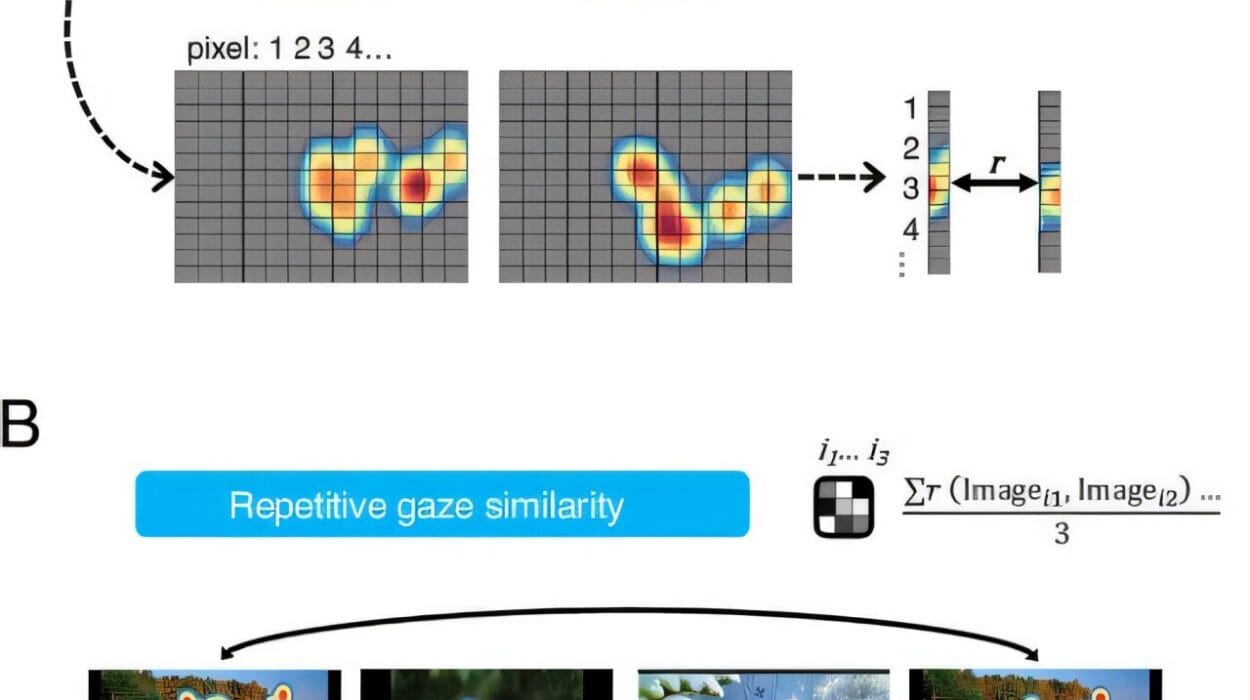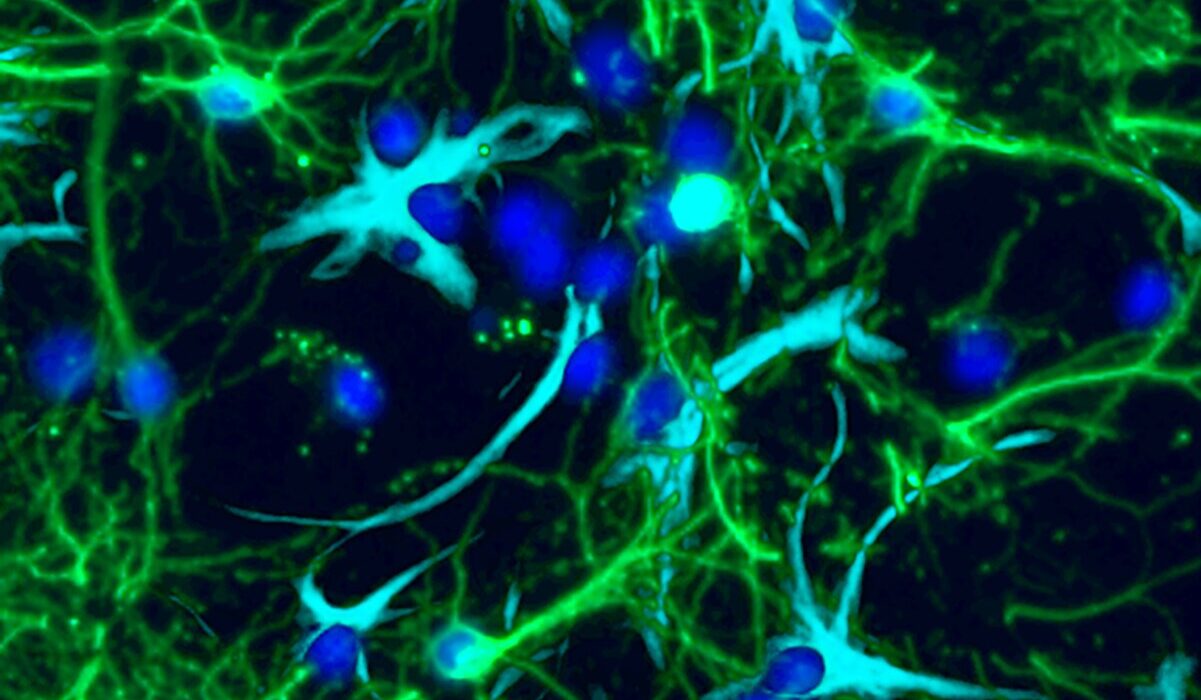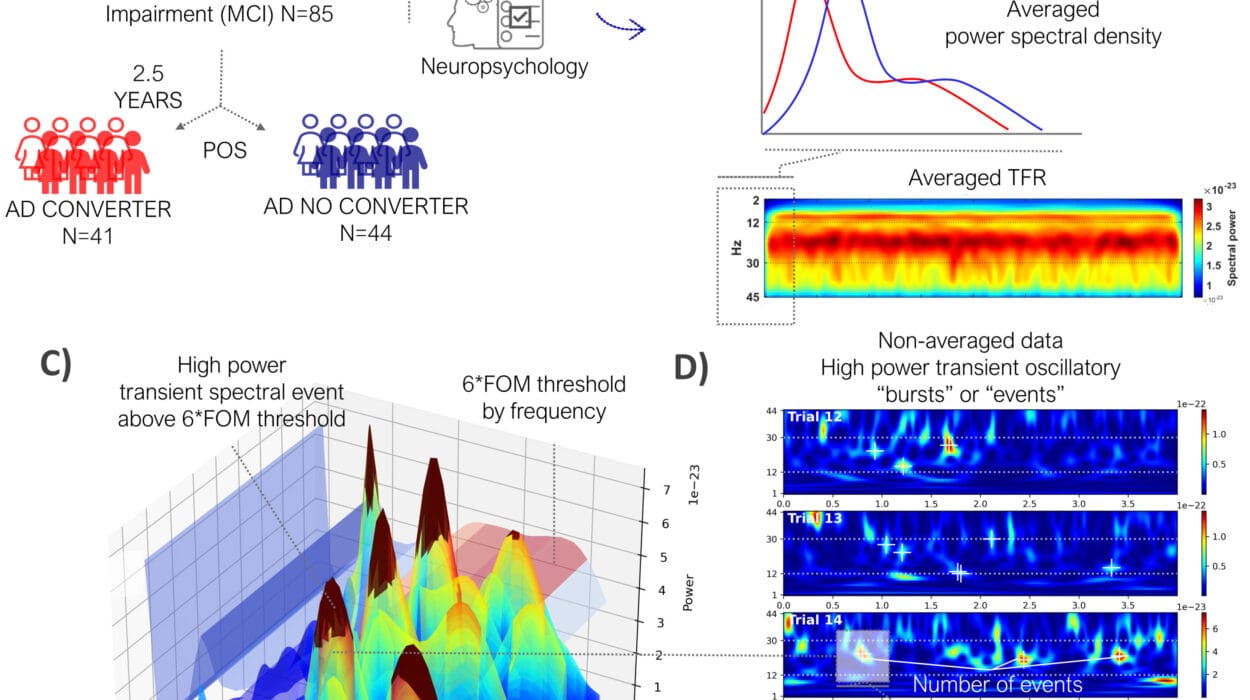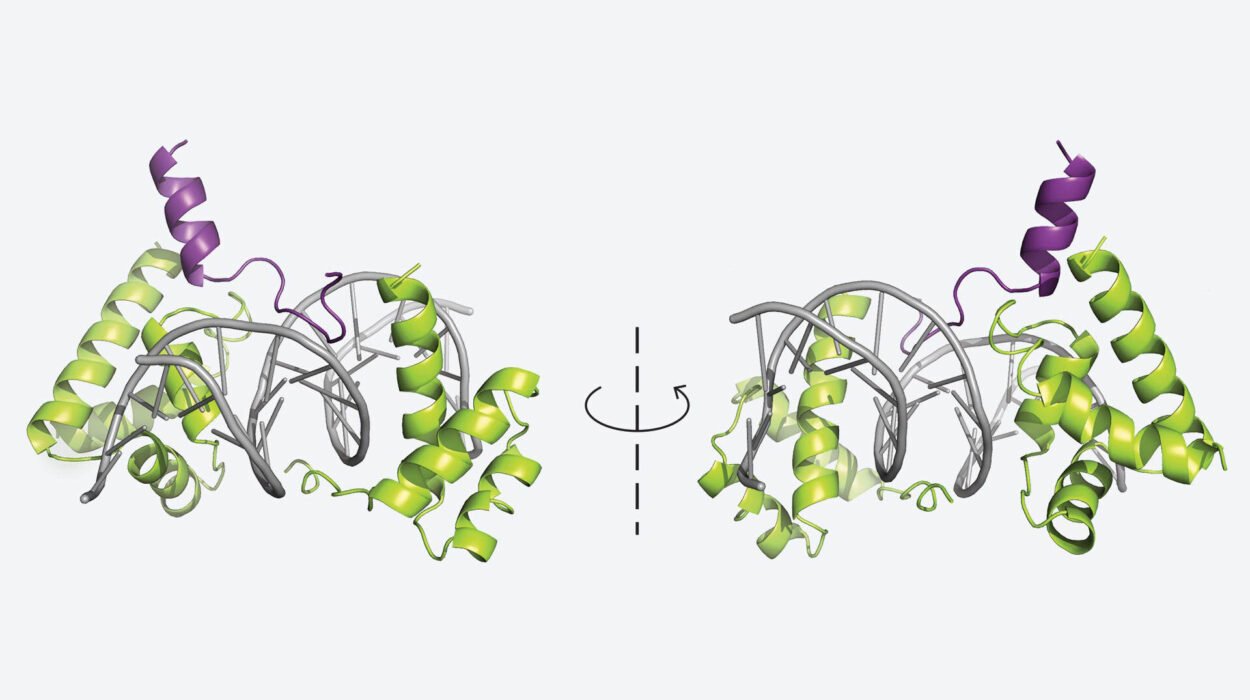A groundbreaking study recently published in the Journal of Research in Personality has peeled back the layers of romantic relationships to reveal a surprising truth: it’s not just your power in a relationship that matters—it’s how much power you think your partner has. And that perception, it turns out, can strongly shape how happy you feel in your relationship. But that’s only part of the story. When the researchers took a broader view—one that included diverse sexual orientations, gender identities, and relationship structures—they found that the interplay between personality, power, and satisfaction is far more complex and fascinating than previous research has suggested.
The study challenges long-held assumptions by integrating personality science with evolving social identities and power dynamics, ultimately offering a richer and more inclusive picture of what makes relationships thrive—or falter.
From Traditional Views to Inclusive Lenses
Historically, psychological studies on romantic relationships have focused on heterosexual, cisgender, monogamous couples. That narrow focus has often missed the diverse realities of modern relationships. Eleanor Junkins, the study’s lead author and a postdoctoral researcher at the University of Illinois Urbana-Champaign, wanted to change that.
“This paper was inspired by two main ideas,” said Junkins. “First, we wanted to explore different variables that theories of power argue are sources of power. Second, we aimed to include sexual and gender diverse people in different relationship configurations, which past research often ignored.”
Rather than assuming traditional male-female power structures and fixed relationship roles, the researchers set out to explore how modern-day variables—personality traits, gender expression, perceived power, and social identity—come together in shaping relationship satisfaction.
Mapping Power in Modern Love
At the heart of this study was the concept of perceived power. The researchers made an important distinction: it wasn’t about who objectively had more resources or influence, but rather how much power people believed they or their partner had. This subjective perception of power turned out to be a critical factor in predicting satisfaction.
Using data from the POWER study, an online survey that included 1,750 adults, the research team measured a wide range of variables. Participants reported their personality traits (using the well-known Big Five Inventory), gender expression (as independent ratings of masculinity and femininity), and how much power they felt they had versus how much power they believed their partner held. They also evaluated how satisfied they were in their relationships using two validated satisfaction scales.
The sample included people across different gender identities, sexual orientations, relationship types (monogamous and non-monogamous), and socioeconomic backgrounds—making it one of the most inclusive datasets ever used to examine the psychology of relationships.
Partner Power Perceptions: A Surprising Twist
One of the most compelling findings was that people’s perception of their partner’s power had a stronger impact on their own satisfaction than their perception of their own power. In other words, it’s not how powerful you feel—but how powerful your partner seems to you—that makes the difference.
This pattern held across different personality types and relationship structures. When individuals perceived their partner as having high power, they were generally less satisfied, even if they themselves felt fairly powerful. This challenges the assumption that personal empowerment always leads to greater relationship happiness.
“There was a weak correlation between people’s self-reported relationship power and their perception of their partner’s power,” said Junkins. “But perception of partner power was more strongly tied to how satisfied they felt in their relationship.”
The Personality Puzzle
While power perceptions were a key variable, personality traits also played a complex role—especially when considered in conjunction with power dynamics. The researchers used advanced statistical models, including Local Structural Equation Modeling (LSEM), to examine how the relationship between personality and satisfaction shifted across different levels of perceived power.
Here’s what they found:
- Extraversion and conscientiousness were positively linked to a sense of power.
- Neuroticism, openness, and agreeableness were negatively associated with self-reported power.
- Surprisingly, agreeableness—a trait typically seen as beneficial in relationships—was linked to feeling less powerful. This could be because agreeable people tend to be accommodating, prioritizing harmony over influence.
But it wasn’t just the main effects that mattered. The interaction between personality and power added an extra layer of insight.
For instance:
- Agreeable people were more satisfied when their partner had either high or low power—but not when their partner’s power was moderate. This suggests that agreeable individuals adapt well to clear-cut dynamics (whether dominant or submissive), but find ambiguous power dynamics more distressing.
- Highly neurotic individuals reported lower satisfaction when they perceived their partner as powerful, potentially due to increased anxiety or vulnerability in those dynamics.
Identity Matters More Than Income
In a particularly insightful twist, the researchers grouped participants based on both identity (e.g., gender identity, sexual orientation, relationship type) and resources (e.g., education level, income, age). They discovered that identity-based groupings explained more variation in relationship satisfaction than resource-based ones.
That is, who someone is mattered more than what they had.
This means that the dynamics between personality and power—and their impact on satisfaction—differed more across, say, queer vs. heterosexual relationships, or cisgender vs. non-binary identities, than across socioeconomic strata.
For example:
- In some groups, high perceived partner power and high femininity led to greater satisfaction.
- In others, traits like openness or neuroticism played a more significant role depending on the power balance.
- The effects of gender expression—like levels of masculinity and femininity—varied dramatically depending on social identity.
“The way personality and power relate to relationship satisfaction varied more by who you and your partner are than on the objective resources one has,” Junkins explained.
A Methodologically Sophisticated Study
What sets this study apart isn’t just its findings, but the way it was conducted. Rather than using a one-size-fits-all statistical approach, the researchers employed:
- Local Structural Equation Modeling (LSEM): to detect nonlinear patterns in how power and personality relate to satisfaction.
- Multilevel Analysis of Individual Heterogeneity and Discriminatory Accuracy (MAIHDA): to understand how effects varied across identity-based subgroups.
This allowed them to generate nuanced insights, rather than sweeping generalizations, revealing relationship patterns that had previously been overlooked—especially in underrepresented groups.
However, as Junkins noted, the study does have limitations. It was cross-sectional, meaning causality can’t be established. Most participants were from the U.S. and predominantly White, which limits generalizability. Additionally, while 1,750 is a large sample for most studies, it’s small compared to the ideal size for intersectional analyses.
Still, this work lays a foundation for more inclusive research going forward.
A Vision for More Inclusive Relationship Science
Junkins hopes this research signals a turning point for relationship science—one that embraces complexity rather than ignoring it.
“My long-term goals are to better incorporate real people’s lived experience into personality and relationships research,” she said. “I also want to continue in the vein of understanding the range of expected associations for people of different identities or intersections of identities rather than presenting one average that tends to represent no one.”
The key takeaway? Relationship satisfaction isn’t dictated by one trait, one rule, or one model. It emerges from a dynamic interplay of personality, power, perception, and identity. By broadening the lens and listening to a wider array of voices, researchers can move closer to understanding the real complexity of love and human connection.
Final Thoughts: Rethinking Relationship Norms
This study offers a crucial lesson: romantic satisfaction isn’t a one-dimensional equation. It’s a shifting, multidimensional experience shaped by who you are, who your partner is, and how each of you perceives power in the relationship.
Rather than striving for a specific power balance or trying to fit a mold of what a “happy couple” looks like, it might be more helpful to understand your own personality traits, acknowledge your social context, and communicate openly about perceptions of influence.
Because in the end, understanding how love works—for you—might be the most powerful relationship tool of all.






